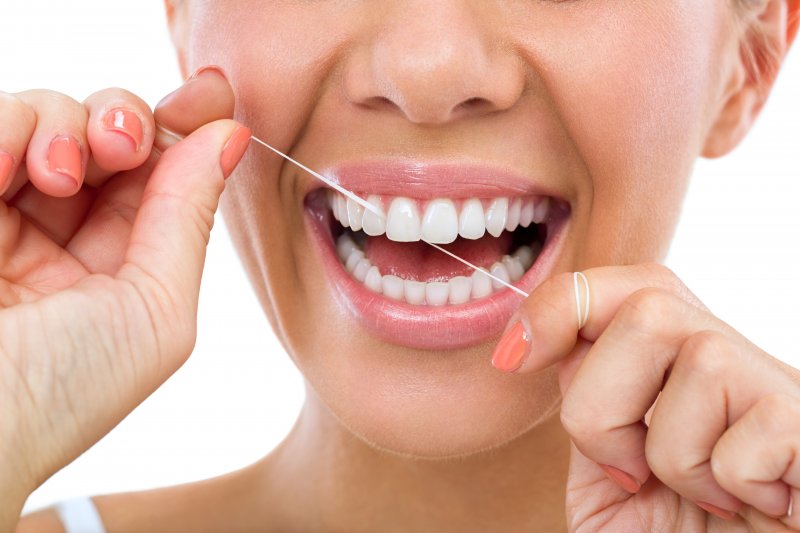Maintaining good oral hygiene is essential for a healthy smile and overall well-being. Two fundamental practices lie at the heart of oral hygiene: brushing and flossing. In this article, we will explore the importance of these practices, the proper techniques for brushing and flossing, and how they contribute to the long-term health of your teeth and gums.

The Importance of Brushing
Brushing your teeth is a daily ritual that removes plaque, food particles, and bacteria from the surfaces of your teeth. Here’s why it’s crucial:
1. Plaque Removal : Plaque is a sticky film of bacteria that forms on your teeth throughout the day. If not removed regularly, it can harden into tartar, which can only be removed by a dentist. Brushing helps prevent the buildup of plaque, reducing the risk of cavities and gum disease.
2. Fresh Breath : Good oral hygiene through regular brushing helps maintain fresh breath by eliminating odor-causing bacteria in the mouth.
3. Preventing Tooth Decay : By removing food particles and plaque, brushing helps prevent tooth decay. It is particularly important to brush after consuming sugary or acidic foods and drinks
Proper Brushing Technique
To ensure that you’re getting the most out of your brushing routine, follow these steps:
1. Choose the Right Toothbrush: Use a soft-bristled toothbrush that fits comfortably in your mouth. Consider an electric toothbrush for more effective cleaning.
2. Use Fluoride Toothpaste: Fluoride strengthens tooth enamel, making it more resistant to decay. Apply a pea-sized amount of fluoride toothpaste to your toothbrush.
3. Brush Gently: Hold your toothbrush at a 45-degree angle to your gums and use gentle circular or back-and-forth motions. Don’t scrub too hard, as this can damage your enamel and gums.
4. Brush for Two Minutes: Spend at least two minutes brushing your teeth to ensure thorough cleaning. Divide your mouth into quadrants and spend 30 seconds on each.
5. Don’t Forget Your Tongue: Gently brush your tongue to remove bacteria that can contribute to bad breath.
The Importance of Flossing
While brushing is essential, it cannot reach the tight spaces between your teeth and along the gumline. That’s where flossing comes in:
1. Removing Interdental Plaque: Flossing removes plaque and food particles from areas that your toothbrush can’t reach. This helps prevent cavities and gum disease in these hard-to-reach areas.
2. Maintaining Healthy Gums: Flossing is crucial for gum health. It prevents gum disease by removing irritants that can lead to inflammation and infection.
Proper Flossing Technique
To get the most benefit from flossing, follow these guidelines:
1. Use Enough Floss: Use about 18 inches of dental floss, winding most of it around your middle fingers, leaving about 1-2 inches for flossing.
2. Gentle Movements: Gently slide the floss between your teeth and along the gumline, curving it into a C-shape around each tooth. Avoid snapping the floss, as it can harm your gums.
3. Use a Clean Section: As you move to the next space between teeth, unwind a fresh section of floss to avoid transferring bacteria.
Brushing and flossing are the cornerstones of good oral hygiene. By practicing these habits daily and using proper techniques, you can protect your teeth and gums from cavities, gum disease, and other oral health issues. Remember to complement your at-home care with regular dental checkups for a comprehensive approach to maintaining a healthy and beautiful smile.
Designed By Infinite Digital